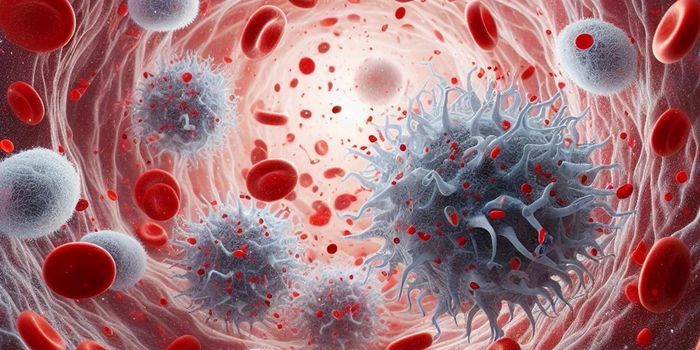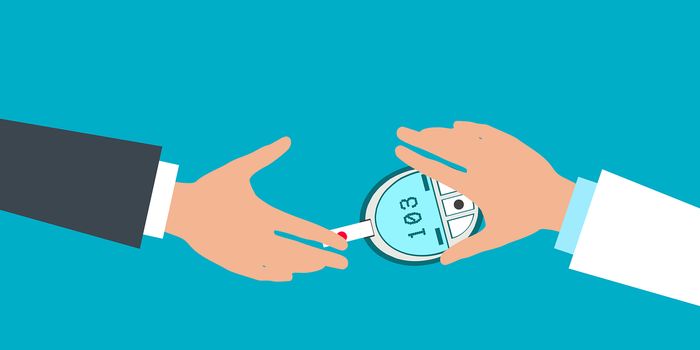Ebola Virus Doesn't Infect Immune Cells, But It Does Kill Them
How does the Ebola virus prevent immune cells from doing their job - protecting the body from infection - if it doesn’t actually invade them? In a new study from the University of Texas Medical Branch at Galveston and their collaborators, researchers investigate a unique ability of Ebola, with hope that the solution could be translated into clinical practice for new Ebola virus treatments.

Scientists around the world have developed vaccines and treatments for the Ebola virus in response to the (re)emergence of the disease in March of 2014 in Guinea. However, none of these experimental approaches have been approved yet.
"Understanding how the invading Ebola virus shuts down the host's immune systems is a very important step in developing targeted therapies for Ebola virus disease,” said senior author Alexander Bukreyev, PhD.
Bukreyev and his team found that Ebola viruses don’t invade lymphocytes, also known as immune cells; they bind them from the surface of the cell. Before the beginning of the present study, scientists knew that Ebola virus interacts with a lymphocyte signaling pathway after binding TLR4, a lymphocyte receptor. But how does this interaction and binding lead to the destruction of immune cells? What role does TLR4 play?
Instead of infecting lymphocytes, Ebola viruses bind the cells and induce cell death. TLR4 acts as an unfortunate middleman, facilitating the signals needed to initiate cell death. An Ebola infection leads to death in part because the virus eliminates a majority of the host’s infection-fighting immune cells. People who survive Ebola infections tend to have persistent populations of immune cells that somehow managed to avoid distinction by the Ebola virus.
A new anti-Ebola virus solution based on this finding: blocking TLR4 activation to prevent Ebola-conducted immune cell death. "Our findings suggest that a drug that blocks TLR4 could be used to treat patients with Ebola and extend our earlier findings that the TLR4 receptor antagonist Eritoran protects against both Ebola and the closely related Marburg virus," explained co-lead author Patrick Younan, PhD.
More about Ebola:
An infection with the Ebola virus causes a hemorrhagic fever with a fatality rate of above 50 percent. While no drug therapies have been officially approved yet, symptomatic treatment and rehydration are two approaches useful to increasing survival rates.
The present study was published in the journal PLOS Pathogens.
Sources: Centers for Disease Control and Prevention, World Health Organization, University of Texas Medical Branch at Galveston








